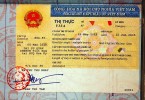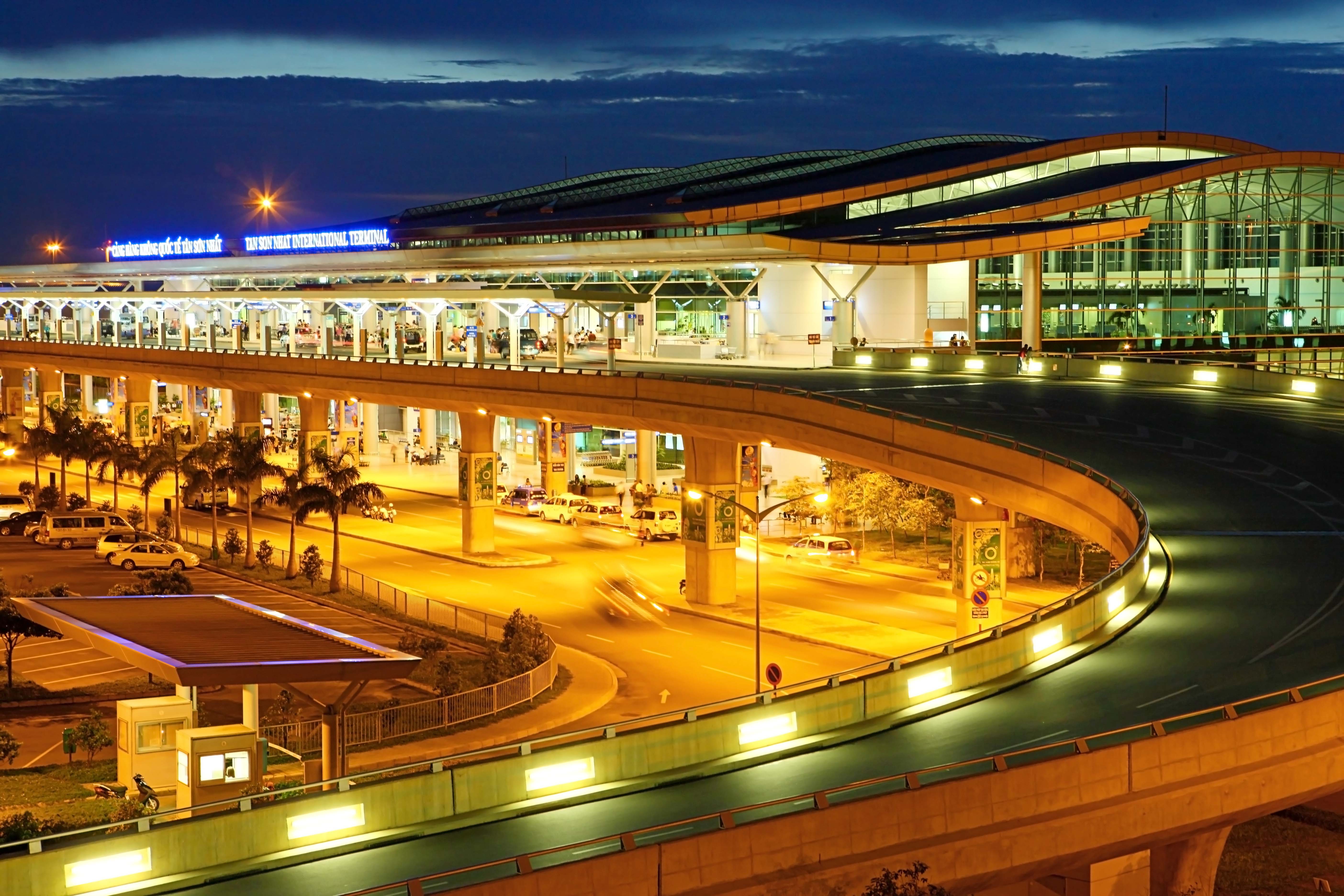Things to prepare for Laos traveling?
Traveling to Laos is an adventure that promises beautiful landscapes, captivating culture, and unforgettable experiences that offer an enticing mix of natural beauty and rich history.
This article will guide you on essential preparations for traveling to Laos, ensuring a smooth and delightful experience.
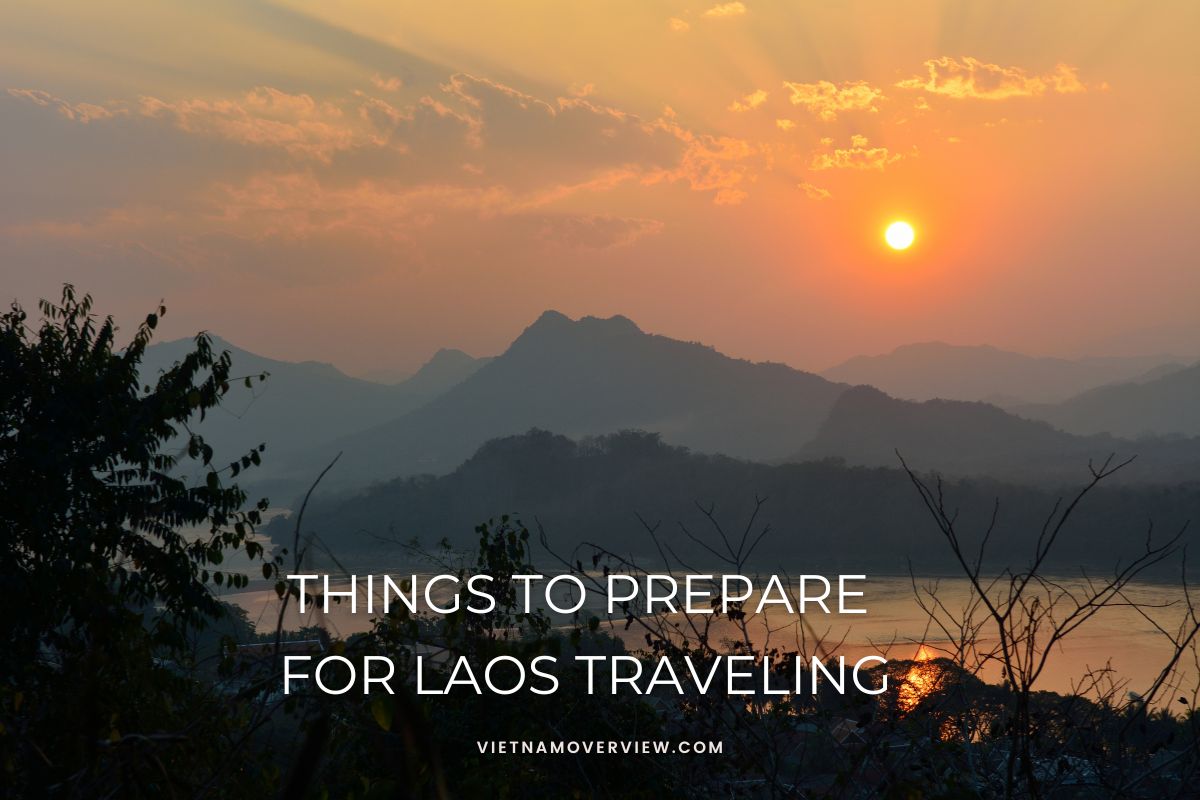
Which is the best time to visit Laos
The best time to visit Laos depends on which region you want to see. No matter what time of year you visit Laos, you’ll find that each season paints the country in a different color.
Selecting the right time to visit Laos can greatly influence the quality of your trip. The country experiences three main seasons: the dry season, the wet season, and the cool season.
| Recommended Destinations | Best Time to Visit | Estimated Temperature (°C) | Weather Highlights | Note |
| Luang Prabang Vang Vieng |
November to April | 16-21 | Lower humidity and minimal rainfall | Ideal conditions for outdoor activities: trekking, biking, and visiting waterfall. Special events and festivals: Lao New Year (Pi Mai) |
| Bolaven Plateau | December to February | 19-22 | Cooler temperatures without heavy rain | Festivals during this time, such as the Hmong New Year in December, create opportunities for cultural immersion. However, note that this season also sees a rise in tourist numbers, so planning and booking ahead is crucial to avoid last-minute hassles. |
| May to October | 25-30 | Heavy rainfall and higher humidity, occasional flooding or muddy trails. | Not suitable for any outdoor activites. Prices for flights and accommodations drop during this period, making budget travel more feasible. If you don’t mind the rain showers, you can enjoy a quieter experience away from tourist crowds, which allows for a deeper connection with local culture. |
Things to prepare for Laos: Essential things to pack
Packing for your trip to Laos requires careful consideration of various factors such as climate, activities, and cultural norms. Below are essential items that should make it onto your packing list.
-
Clothing: Dressing for Comfort and Respect
When packing clothing for Laos, prioritize comfort, versatility, and respect for local customs. Lightweight and breathable materials are ideal due to the tropical climate.
Long-sleeved shirts and pants not only protect against the sun and mosquitoes but also align with the modest dress code expected when visiting temples and local villages. Neutral colors are recommended, as they blend well with the surroundings.
Don’t forget essentials like a swimsuit, hat, and sunglasses. When hiking, sturdy shoes are vital, as many trails can be rugged. A light rain jacket may also come in handy if you’re traveling during the wet season.
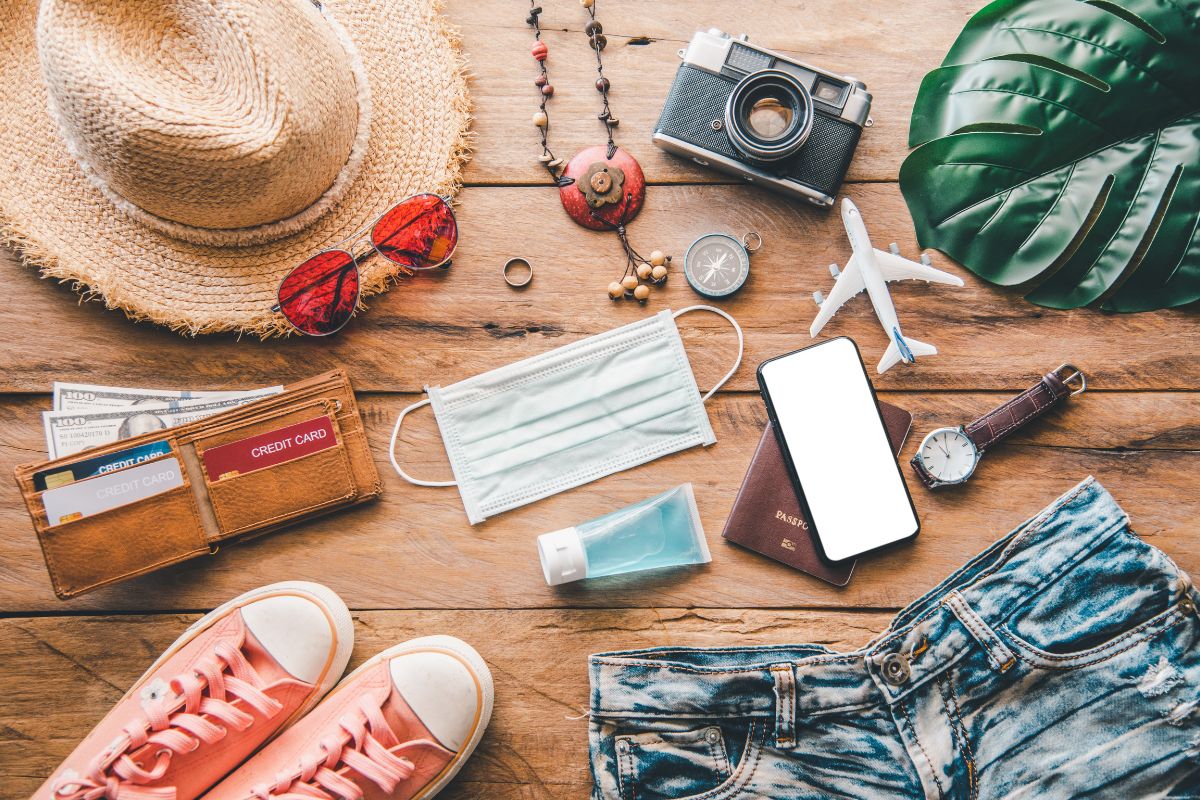
-
Health and Safety Essentials
Health precautions are paramount when preparing for your trip. Ensure you have the necessary vaccinations, such as Hepatitis A and Typhoid. It’s wise to consult with a healthcare provider about any further recommendations before your travel.
Packing a basic first aid kit is essential. Include items such as band-aids, antiseptic wipes, medications for common ailments, and insect repellent. Strong sunscreen will protect your skin from the intense sun, particularly if you’re outdoors for extended periods.
Always carry a reusable water bottle equipped with a filter to ensure safe drinking water. This not only safeguards your health but reduces plastic waste.
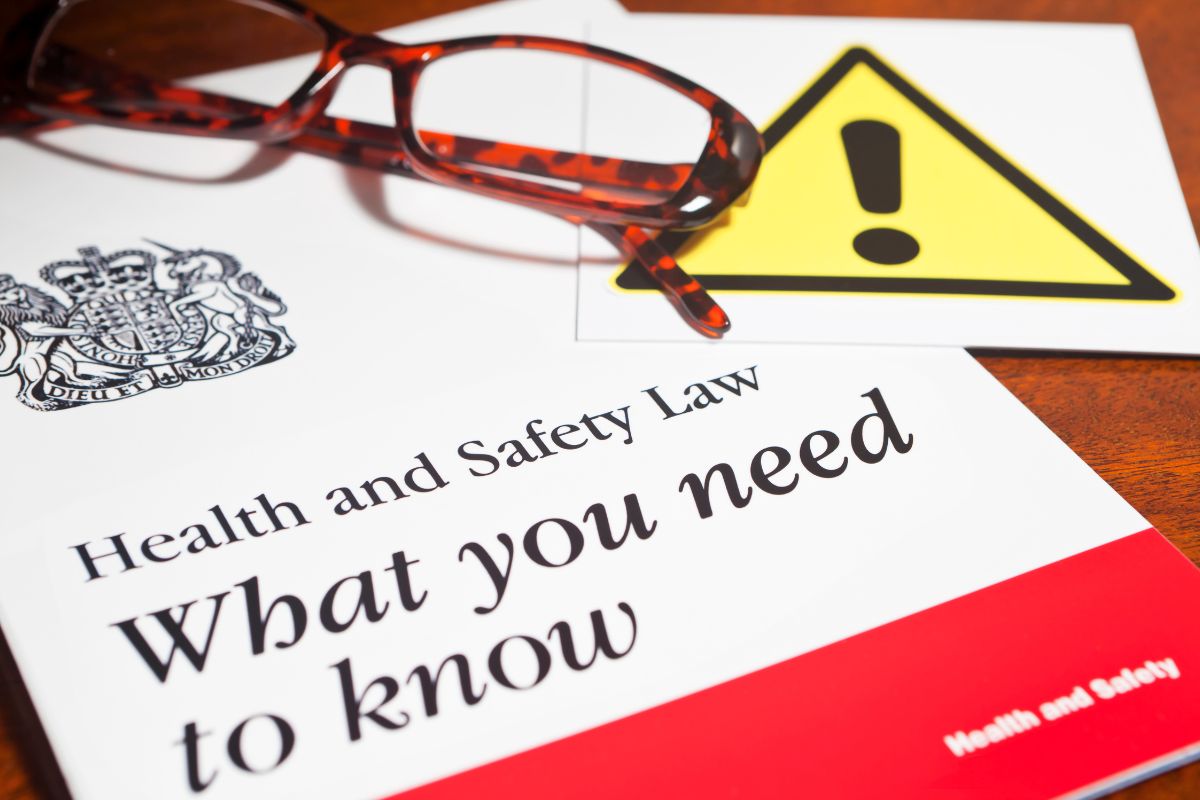
-
Travel Documents and Currency
Having all necessary travel documents organized is crucial. Your passport must be valid for at least six months beyond your intended stay. Visas may be required depending on your nationality; research the requirements well in advance.
Ensure you have physical and digital copies of key documents such as flight itineraries, hotel bookings, and travel insurance. These can serve as backups in case of loss or theft.
Regarding currency, while the official currency is the Lao Kip, US dollars are widely accepted. It’s wise to have some local currency on hand for small purchases. ATMs are available in major cities, but having cash is handy for rural areas.
How many days do you need to explore Laos?
Determining the length of your stay in Laos depends on your interests and the specific locations you wish to explore. Nonetheless, here’s a breakdown of potential itineraries to help you plan effectively.
-
Short Trip: 4-5 Days
If you have limited time, focus on one or two destinations. A short trip allows you to savor the highlights of Luang Prabang, a UNESCO World Heritage site.
You can spend your days exploring ancient temples, taking a boat ride on the Mekong River, and enjoying the vibrant night market. Consider a day trip to the Kuang Si Falls, where you can swim in turquoise pools and hike scenic trails.
This itinerary provides a glimpse into Laotian culture, but remember that Laos is full of hidden gems that take time to uncover.
-
Mid-Length Trip: 7-10 Days
A slightly longer stay allows for more extensive exploration. You might combine Luang Prabang with Vang Vieng, famed for its stunning karst landscape and adventurous activities.
Spending a few days in Vang Vieng gives you a chance to go tubing, kayaking, or trekking. From there, consider heading south to the capital, Vientiane, to visit temples and parks.
If time permits, venture further south to explore the Bolaven Plateau, known for its coffee plantations and picturesque waterfalls.
-
Extended Exploration: 2 Weeks or More
For those looking to immerse themselves fully in the beauty and culture of Laos, a two-week or longer itinerary is ideal.
You can traverse from north to south, starting in Luang Prabang and working your way down to the 4000 Islands in the south. Each destination offers distinct experiences—cultural sites in the north, adventure activities in the center, and relaxation by the Mekong in the south.
Consider engaging with locals through homestays or community-based tourism projects. This extended time allows for genuine connections and a deeper appreciation of the Laotian way of life.
Things to do in Laos
Laos boasts a plethora of activities that cater to various interests, whether you’re a nature enthusiast, history buff, or adventure seeker.
Cultural Experiences: Temples and Traditions
Laos is steeped in rich cultural heritage. Start with a visit to the magnificent Wat Xieng Thong in Luang Prabang, a temple that epitomizes traditional Lao architecture.
Participating in a traditional Baci ceremony, a spiritual blessing ritual, offers profound insights into local customs. Engaging in a cooking class lets you learn how to prepare authentic dishes like Laap and sticky rice, enhancing your culinary knowledge.
Nature Adventures: Explore the Great Outdoors
Nature lovers will find paradise in Laos. The Nam Ou River offers opportunities for kayaking and river cruises against the backdrop of stunning limestone cliffs.
Hiking in places like the Phou Khao Khouay National Park rewards trekkers with breathtaking landscapes and diverse wildlife. Don’t miss out on exploring the Bolaven Plateau, where waterfalls and coffee plantations abound.
For a truly unique experience, visit the Plain of Jars—a mysterious archaeological site filled with ancient stone jars.
Adventure Activities: Thrill-Seeking Opportunities
For adrenaline junkies, Laos is a playground of thrilling activities. In Vang Vieng, you can go tubing down the river, zip-lining through forests, or rock-climbing the impressive limestone formations.
Diving enthusiasts should head to the tranquil waters around Don Det and Don Khon in the 4000 Islands area, where the laid-back atmosphere complements underwater exploration.
Finally, don’t overlook cycling tours that allow you to see the countryside while getting some exercise.
How to keep connected in Laos
Staying connected during your travels can ease communication and enable the sharing of experiences. Here are several ways to keep in touch while in Laos.
Mobile Data and SIM Cards
Purchasing a local SIM card upon arrival in Laos is one of the easiest ways to maintain connectivity. Major telecommunications companies like Lao Telecom, ETL, and Unitel offer affordable prepaid plans suitable for tourists.
These SIM cards can be purchased at airports, convenience stores, and local shops. Before buying, compare data packages to choose the option that suits your needs best.
Wi-Fi Availability
Wi-Fi is increasingly common in urban areas, hotels, and cafes across Laos. Many establishments in cities like Vientiane and Luang Prabang provide free Wi-Fi access, allowing you to catch up on emails or connect with friends and family.
However, connectivity can be spotty in rural areas and during peak tourist seasons, so be prepared for occasional disruptions. Having a local SIM card serves as a reliable backup.
Laos eSIM – data solution for visitors
For more convenience, you can opt for eSIM as an alternative to physical SIM cards in Laos. There are many benefits of using a Laos eSIM:
-
No physical card is needed; activate remotely
-
Switch between plans easily
-
Multiple profiles on one device
-
Avoid SIM card scams (Purchase at the official website and receive a code/QR via email to activate your eSIM in just a few minutes)
Consider using Laos eSIM from laosesim.com stands out as the top provider for visitors. They offer a range of eSIM plans that support fast and reliable 4G/LTE connections from major Laos telecom: Unitel, and Star Telecom.
FAQs
As you prepare for your trip to Laos, you may have a few questions regarding logistics, customs, and travel considerations. Here are some frequently asked questions to help clarify common concerns.
What is the currency used in Laos?
The official currency is the Lao Kip (LAK), but U.S. dollars are accepted in many tourist areas. It’s advisable to exchange money at banks or authorized exchanges for better rates. Keep smaller denominations handy for local markets and transport.
Do I need a visa to enter Laos?
Visa requirements vary based on nationality. Many travelers can obtain a Visa on Arrival at international airports, while others may need to apply beforehand. Ensure your passport is valid for at least six months beyond your planned departure date.\
Is it safe to travel to Laos?
Laos is generally considered a safe destination for tourists. Like any travel destination, it’s important to stay vigilant, safeguard personal belongings, and avoid risky areas after dark. Knowing basic emergency contacts and local laws enhances safety.
What is the local food like in Laos?
Laotian cuisine is flavorful and diverse, emphasizing fresh ingredients and aromatic herbs. Dishes often feature rice, grilled meats, and spicy salads. Be open to trying street food, but ensure it’s cooked fresh to minimize health risks.
Conclusion
In conclusion, Laos offers travelers a captivating experience infused with natural beauty, rich history, and vibrant culture. Preparing adequately enhances your journey, enabling you to navigate the nuances of this incredible country with confidence.
From selecting the ideal travel time and packing wisely, to embracing local experiences and staying connected, every detail contributes to crafting unforgettable memories. As you plan your trip, remain flexible and embrace the unexpected, for the true essence of Laos lies in its ability to surprise and inspire. So gear up and get ready—Laos awaits!



